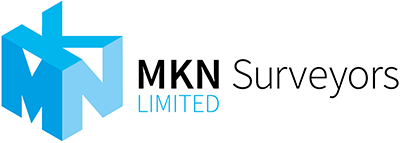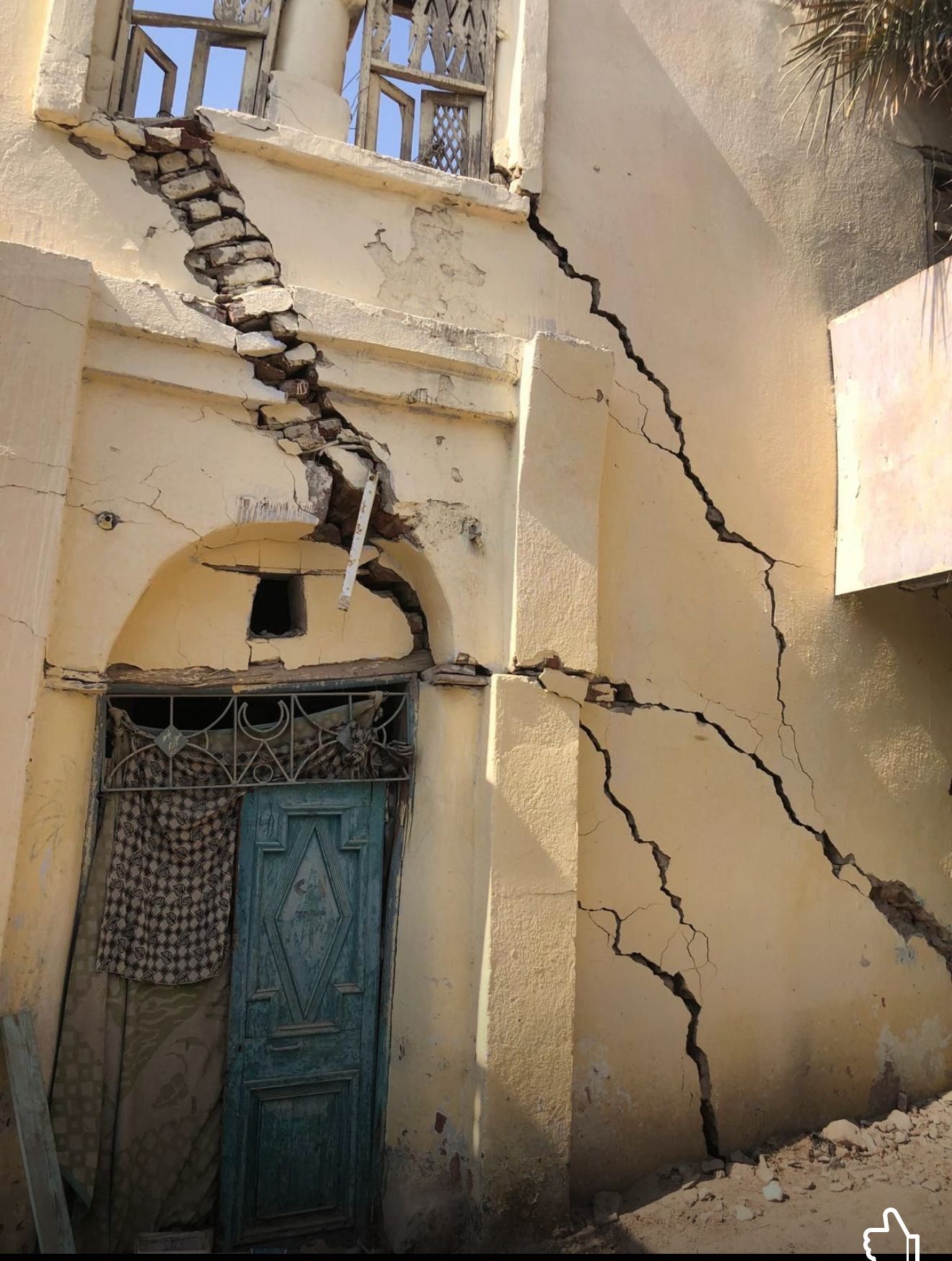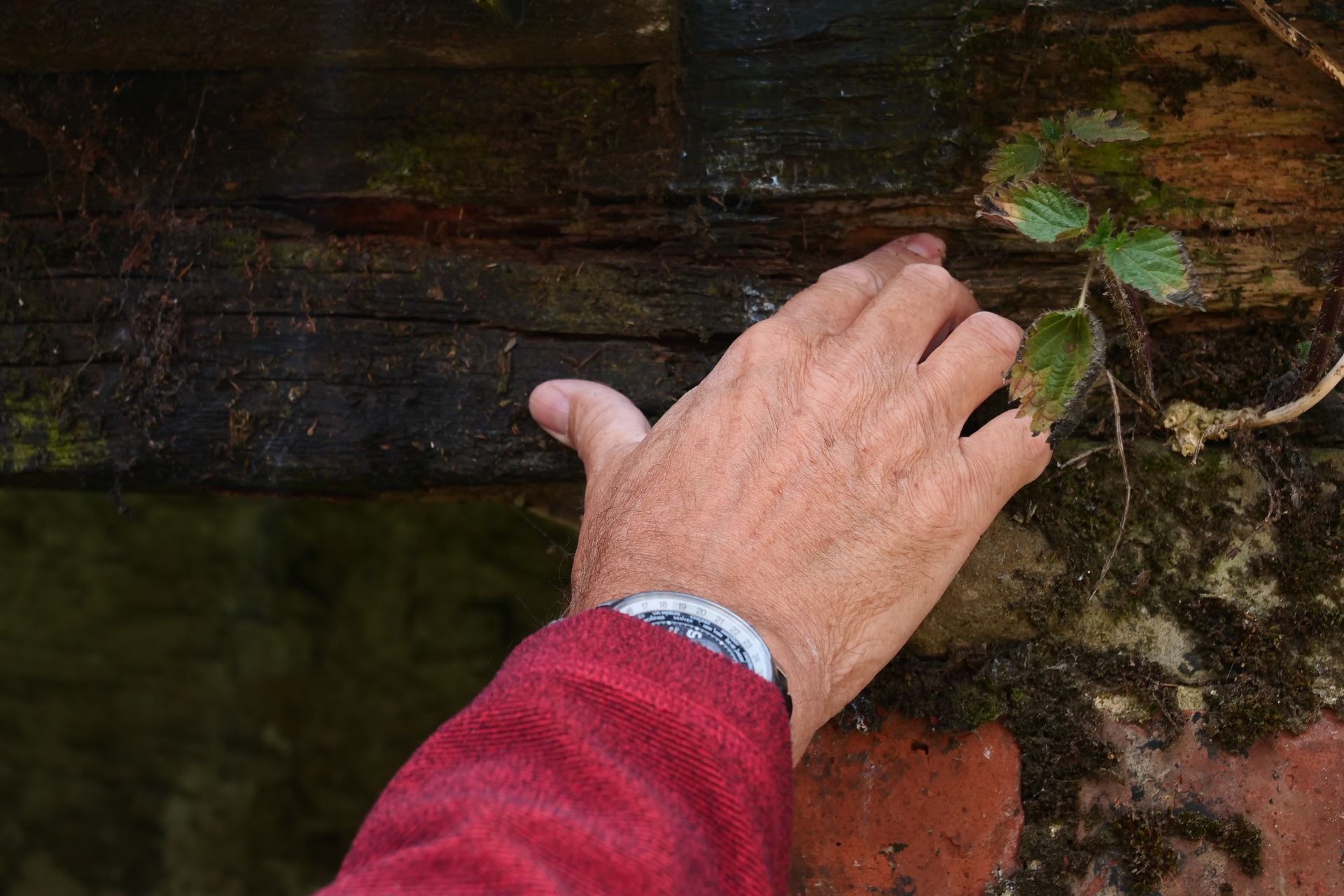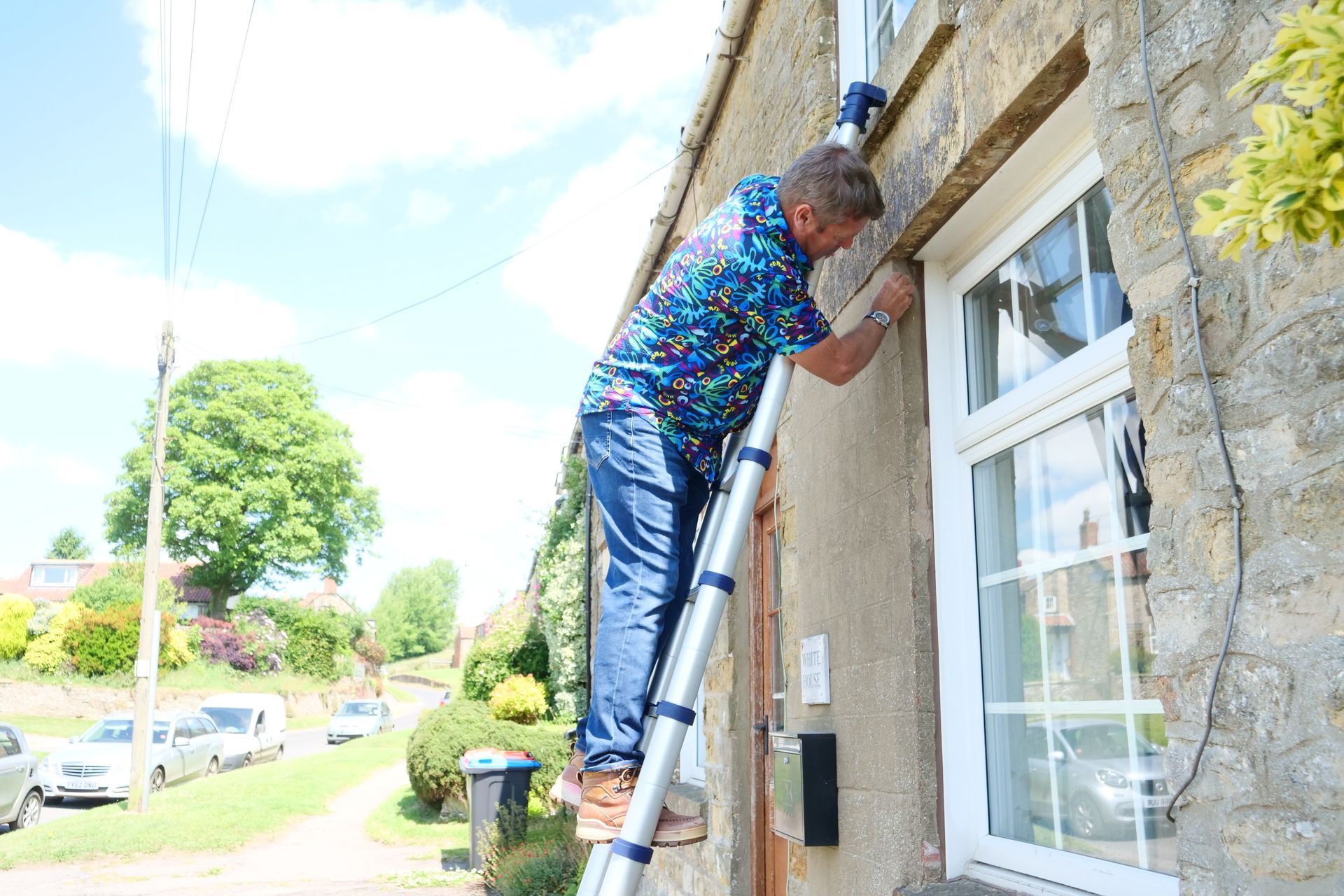Owning a Chateau in Occitaine
A Practical Guide
Introduction: Owning a Château in Occitanie (and beyond)
Imagine waking up to the golden sunlight streaming through centuries-old windows, illuminating stone walls that have witnessed hundreds of years of history.
This isn't just a dream.
It's reality for château owners in the Occitanie region of France.
The allure of owning such a magnificent piece of history is undeniable. Occitanie, with its rolling landscapes, medieval villages, and rich cultural heritage, offers some of the most stunning historic properties in France. From the vineyards of Gaillac to the fortified town of Cordes-sur-Ciel, this region captivates with its timeless beauty and authentic French character.
Yet behind the romantic façade lies a significant responsibility.
These architectural treasures require careful stewardship. Many château owners discover that preserving these historic gems demands specialised knowledge, particularly when it comes to understanding their unique structural characteristics.
This is where professional building surveys become invaluable.
At MKN Surveyors, we understand the delicate balance between preserving history and creating a comfortable living space. As specialists in French property surveys with particular expertise in Occitanie's châteaux, we bring a unique perspective to historic building assessment.
Our director, Matt Noble, is one of only approximately 130 RICS Certified Historic Building Professionals worldwide. This rare qualification, combined with our cross-border experience in both UK and French property markets, positions us uniquely to help château owners protect their investments while preserving these magnificent structures for future generations.
The journey of château ownership should be as rewarding as it is beautiful. Let's explore how proper surveying can provide both preservation guidance and peace of mind.
Understanding the Unique Challenges of Château Ownership
Owning a château isn't just about possessing a beautiful property. It's about becoming a guardian of history.
And that comes with unique challenges.
Age and Heritage Considerations
Most châteaux in Occitanie have stood for centuries, some dating back to medieval times. These buildings weren't constructed with modern living standards in mind.
They tell stories through their stonework.
Traditional building methods used lime mortar rather than cement, allowing structures to "breathe." When modern materials like cement are inappropriately used in renovations, they can trap moisture and accelerate deterioration.
This is where many château renovations go wrong.
The character-defining features that make your château special—exposed beams, stone walls, original flooring—require specialised maintenance approaches. Using inappropriate materials doesn't just diminish authenticity; it can cause serious structural damage over time.
Common Structural Issues
Château owners frequently encounter several recurring problems:
Persistent dampness often tops the list. Historic buildings typically lack modern damp-proof courses, making them vulnerable to water ingress.
Then there's the timber.
Roof structures, floor joists, and beams can suffer from woodworm infestation or rot, particularly in areas with poor ventilation. Left unchecked, these issues can compromise structural integrity.
Movement is another concern. Settlement cracks might be historic and stable, or they could indicate ongoing structural problems requiring intervention.
And let's not forget about the roof.
Traditional clay tile roofs require regular maintenance. Missing or damaged tiles can lead to water penetration, causing extensive damage to interior timbers and plasterwork.
Regulatory Considerations
Navigating French regulations adds another layer of complexity.
Many châteaux in Occitanie are classified as historic monuments or located within protected zones. This means alterations require special permissions from local authorities and sometimes the Architectes des Bâtiments de France.
The paperwork can be daunting.
Even for properties without formal protection, local planning regulations (Plan Local d'Urbanisme) dictate what changes are permissible. Non-compliance can result in substantial fines and enforcement actions.
Understanding these challenges isn't meant to discourage château ownership. Rather, it highlights the importance of approaching these magnificent properties with informed respect.
The right expertise transforms these challenges into manageable aspects of château stewardship.
The Importance of a Level 3 Building Survey for Châteaux
When investing in a piece of French heritage, cutting corners on proper assessment isn't just risky—it's potentially devastating.
This is where a Level 3 Building Survey becomes essential.
What is a Level 3 Survey?
A Level 3 Building Survey (formerly known as a full structural survey) represents the most comprehensive property assessment available. Unlike basic condition reports or homebuyer surveys, it delves deeply into every accessible part of the property.
Nothing is overlooked.
This thorough examination includes the building's structure, construction methods, materials, and condition. For château owners, this level of detail is invaluable, as it identifies not just obvious defects but also potential future issues that might otherwise go unnoticed.
The difference can be significant.
A basic survey might note damp patches on a wall. A Level 3 survey will investigate the cause—whether it's rising damp, penetrating damp, condensation, or a leaking pipe—and recommend appropriate remedial actions.
Why Choose a Specialist Surveyor?
Not all surveyors are created equal, especially when it comes to historic buildings.
Standard surveyors often lack the specialised knowledge required to properly assess historic structures.
They might flag traditional features as "defects" or miss subtle signs that would alert a heritage specialist to potential problems.
Experience matters tremendously.
A surveyor with expertise in historic buildings understands the unique characteristics of traditional construction methods. They can distinguish between harmless settlement cracks that occurred centuries ago and active movement requiring intervention.
At MKN Surveyors, our heritage expertise allows us to provide context for our findings. We don't just identify issues—we help you understand their significance within the framework of historic building conservation.
Key Areas Covered in a Château Survey
Our Level 3 surveys for châteaux in Occitanie pay particular attention to critical areas:
Roof Structure: We thoroughly examine timber frames, coverings, and drainage systems. Using drone technology when necessary, we access hard-to-reach areas to assess the condition of roof timbers, tiles, and flashings.
Walls and Structure: Our assessment includes wall construction, structural stability, and signs of movement. We look for evidence of inappropriate repairs and provide guidance on suitable materials for future maintenance.
Foundations: We check for subsidence, settlement, and ground movement that might affect the building's stability.
Timber Elements: Historic timbers receive special attention, with detailed inspection for insect attack, fungal decay, and structural integrity.
Services: While primarily focused on the building fabric, we also visually inspect electrical, plumbing, and heating systems, noting areas that may require specialist assessment.
External Areas: Outbuildings, drainage systems, and retaining walls are included in our comprehensive assessment.
The result is a detailed report that serves as both a current condition assessment and a roadmap for future maintenance and preservation.
For château owners, this knowledge isn't just useful—it's essential for protecting your investment and preserving your piece of French heritage.
Working with MKN Surveyors: Our Approach
When it comes to historic properties in Occitanie, generic surveying simply won't do.
You need specialists who understand.
Our Unique Qualifications
MKN Surveyors brings a distinctive combination of expertise to château owners in France:
Cross-border knowledge sets us apart. With offices in both Yorkshire (UK) and Occitanie (France), we understand the nuances of both property markets. This dual perspective proves invaluable when advising international buyers on French château purchases.
Heritage specialisation forms our core strength. Matt Noble is one of only approximately 130 RICS Certified Historic Building Professionals worldwide. This rare qualification reflects our deep understanding of traditional building techniques and conservation principles.
Bilingual capabilities remove communication barriers. While we deliver all reports in clear, comprehensive English, our understanding of French building terminology and regulations ensures nothing gets lost in translation.
Post-Brexit advantage provides continuity. With Matt's Irish citizenship, MKN Surveyors maintains seamless access to European markets, ensuring uninterrupted service for our clients regardless of changing regulations.
These qualifications aren't just credentials—they're practical tools that enhance the quality of service we provide to château owners.
Our Survey Process
Working with MKN Surveyors follows a structured yet personalised approach:
Initial consultation begins your journey. We take time to understand your specific concerns, plans for the property, and any particular areas you'd like us to examine. This conversation shapes our survey focus.
Thorough on-site inspection forms the heart of our service. We typically spend a full day examining your château, using specialist equipment including moisture meters, borescopes, and drones for roof inspections when necessary.
We leave no stone unturned.
Comprehensive reporting delivers clear insights. Within five working days, you'll receive a detailed report documenting our findings with supporting photographs. Unlike many technical reports, ours are written in accessible language, explaining issues and their implications in terms you can understand.
Post-report consultation ensures complete clarity. We're available to discuss our findings, answer questions, and help you prioritise any necessary works. This conversation often proves as valuable as the report itself.
Client Experiences
"Working with MKN Surveyors transformed our château purchase experience. Matt's expertise in historic buildings gave us confidence to proceed with our eyes fully open to both the property's challenges and its potential." - James and Sarah, Château owners near Toulouse
"The drone roof survey revealed issues we would never have discovered until they became serious problems. The detailed report and Matt's practical advice helped us develop a phased renovation plan that respected the building's heritage while making it comfortable for modern living." - Richard and Emma, Château owners near Carcassonne
These testimonials reflect our commitment to providing château owners with the information they need to make informed decisions about their historic properties.
Free Initial Consultation
We understand that every château is unique, as are the needs of its owners.
That's why we offer a free initial consultation to discuss your property and how our services might help you protect and preserve it.
This no-obligation conversation allows us to understand your specific situation and provide tailored advice on the most appropriate type of survey for your needs.
With MKN Surveyors, you're not just commissioning a report—you're gaining a knowledgeable partner in your château ownership journey.
Preservation Tips for Château Owners
Owning a château isn't just about addressing problems—it's about preventing them.
Proactive maintenance saves both money and heritage.
Regular Inspection Routines
The simplest preservation strategy is often the most effective: regular inspection.
Make it a habit.
Seasonal checks catch problems early. After winter storms, inspect your roof for displaced tiles. Following heavy rainfall, check gutters and downpipes for blockages. During dry summer months, look for any cracks that might have appeared or widened.
Create a maintenance calendar to track these inspections. A systematic approach ensures nothing gets overlooked.
Document changes you observe. Photographs dated and stored digitally provide valuable reference points to determine if issues are stable or worsening over time.
This vigilance pays dividends.
Managing Moisture: The Greatest Threat
Water is the most persistent enemy of historic buildings.
It finds every weakness.
Ensure proper drainage around your château. Gutters, downpipes, and ground drainage should direct water away from foundations. Clean gutters twice yearly—more often if surrounded by trees.
Monitor internal humidity levels. Historic buildings need to breathe, but excessive moisture promotes decay. Consider using discreet hygrometers in different rooms to track humidity patterns.
Ventilation is crucial, particularly in spaces that remain unheated. Cellars, attics, and rarely used rooms benefit from controlled airflow that prevents dampness without creating harmful draughts.
Address leaks immediately. What begins as a minor drip can quickly escalate into significant structural damage if ignored.
Using Appropriate Materials
One of the most common mistakes in château maintenance is using incompatible modern materials.
Traditional buildings have different needs.
Choose lime-based products for repairs to walls and pointing. Unlike cement, lime allows moisture to evaporate rather than becoming trapped within walls.
Select appropriate paints that won't seal surfaces. Mineral silicate paints or traditional lime washes allow walls to breathe while providing protection and aesthetic appeal.
Source authentic replacement materials when possible. Local reclamation yards often stock period-appropriate tiles, timbers, and stone that match your château's original materials.
Avoid quick fixes that might cause long-term harm. Waterproof sealants and modern insulation materials can disrupt the moisture balance in traditional walls.
Authenticity isn't just about aesthetics—it's about structural health.
Working with the Right Professionals
Not all contractors understand historic buildings.
Choose wisely.
Seek specialists with proven heritage experience. Ask for references and examples of similar projects they've completed.
Consult with conservation professionals before undertaking major works. Their expertise can prevent costly mistakes and help preserve your château's character.
Develop relationships with local artisans who understand traditional building techniques. Their knowledge, passed down through generations, is invaluable for authentic repairs.
Consider joining heritage organisations like Maisons Paysannes de France or Historic Houses Association. These groups provide resources, advice, and sometimes access to specialist contractors.
The right expertise transforms maintenance from a burden into an investment in your château's future.
Planning for Long-term Preservation
Château ownership is a marathon, not a sprint.
Think strategically.
Develop a phased conservation plan based on priority needs. This allows you to budget appropriately and address the most critical issues first.
Set aside a maintenance fund specifically for preservation work. Historic buildings require ongoing investment to maintain their condition and value.
Consider the impact of climate change on your property. Increasing storm intensity and changing rainfall patterns may necessitate additional protective measures.
Document all work undertaken with photographs and detailed descriptions. This record becomes invaluable for future owners and adds to your château's historical narrative.
With thoughtful stewardship, your château can continue its centuries-long story in excellent condition.
Remember that preservation isn't about freezing your château in time—it's about managing change sensitively while respecting its historic character.
Conclusion: Safeguarding Your Château Legacy
The journey of château ownership in Occitanie is both a privilege and a responsibility.
These magnificent structures have survived centuries of history.
Their continued preservation now rests in your hands.
Throughout this guide, we've explored the unique challenges facing château owners—from understanding traditional building techniques to navigating French regulations. We've highlighted the critical importance of professional surveys in identifying potential issues before they become costly problems.
The stakes are significant.
Without proper assessment and maintenance, these architectural treasures can deteriorate rapidly. Yet with informed stewardship, they can continue to stand proudly for generations to come.
At MKN Surveyors, we're committed to supporting château owners throughout their ownership journey. Our specialised expertise in historic buildings, combined with our cross-border experience in both UK and French property markets, provides a unique perspective that helps protect your investment while preserving its heritage value.
The true value of a château extends beyond its purchase price.
It lies in the stories embedded in its walls, the craftsmanship of its construction, and its place in the cultural landscape of Occitanie. Proper surveying and maintenance aren't just about protecting a financial investment—they're about preserving a piece of history.
We invite you to partner with us in this important work.
Whether you're considering purchasing a château, planning renovations, or simply want to ensure your historic property receives the care it deserves, MKN Surveyors can provide the expertise you need.
Contact us today for a free consultation and discover how our specialised knowledge can help you safeguard your château while enjoying the unique pleasures of owning a piece of French heritage.
Your château has stood the test of time.
With the right guidance, it will continue to do so under your stewardship.
Contact MKN Surveyors
Telephone: 01944 768561
Email: matthew@mkn-surveyors.com
Website: www.mkn-surveyors.com
UK Office: Derwent House Farm, 13 High Street, Snainton, YO13 9AE
France Office: 8 Grand Rue du l'Horloge, Cordes sûr Ciel, 81170
RICS Regulated Firm | SIRET: 921 979 118 00012



